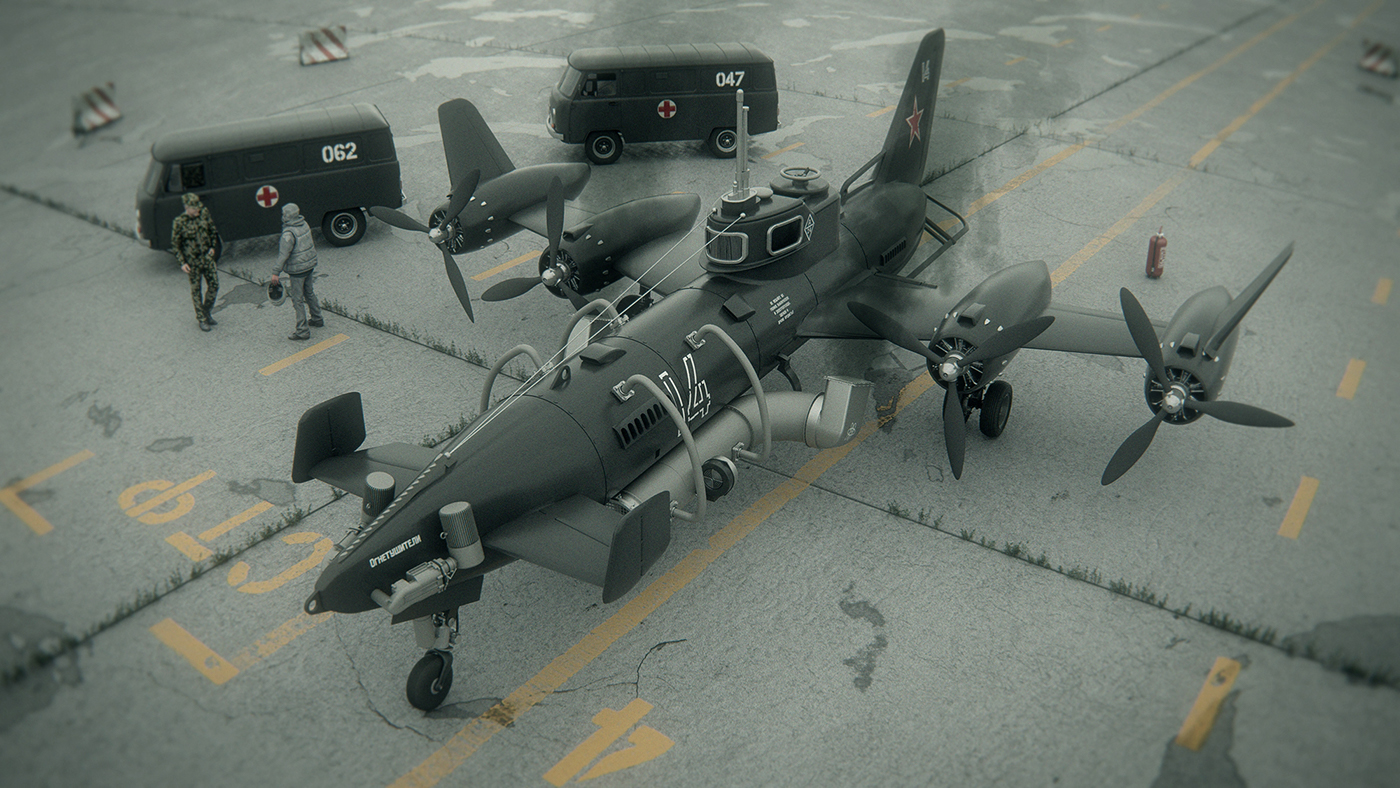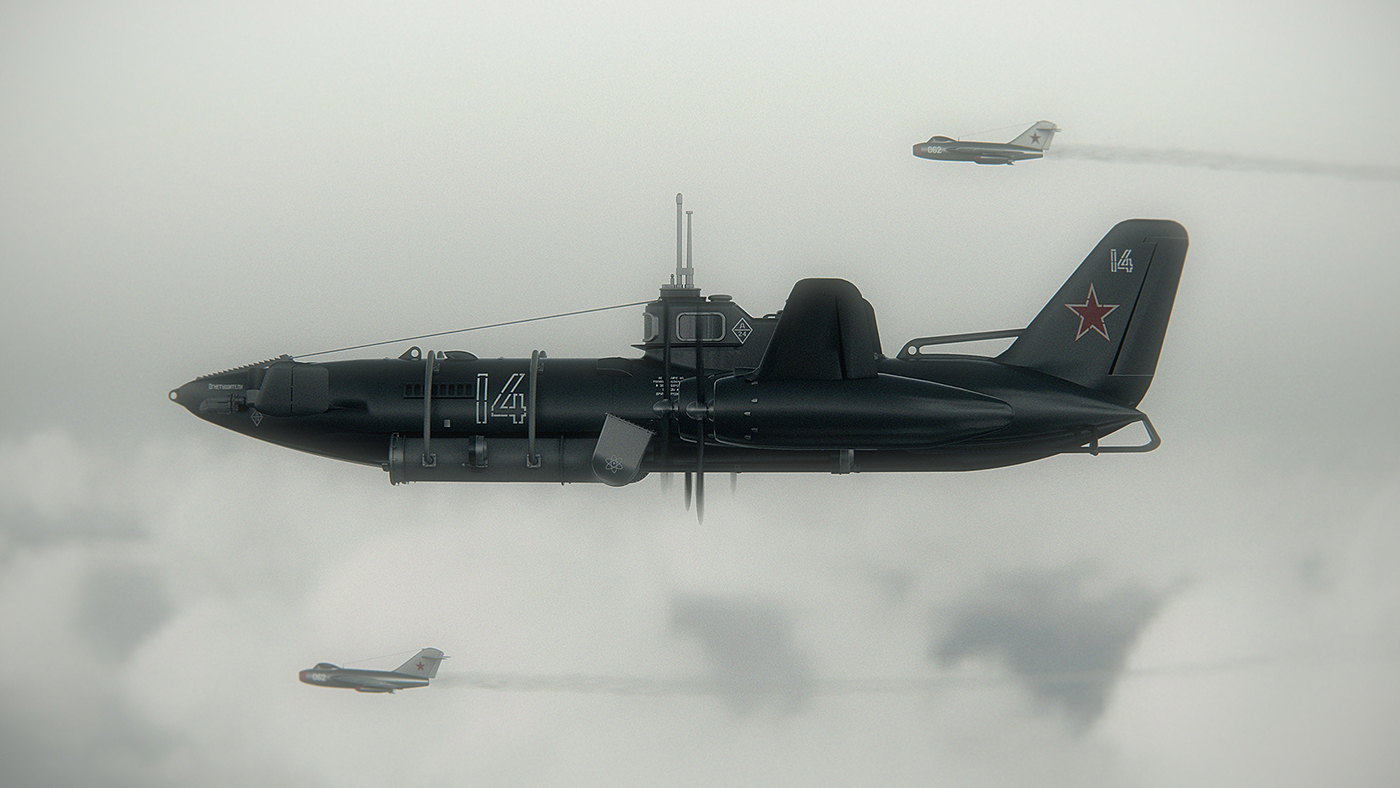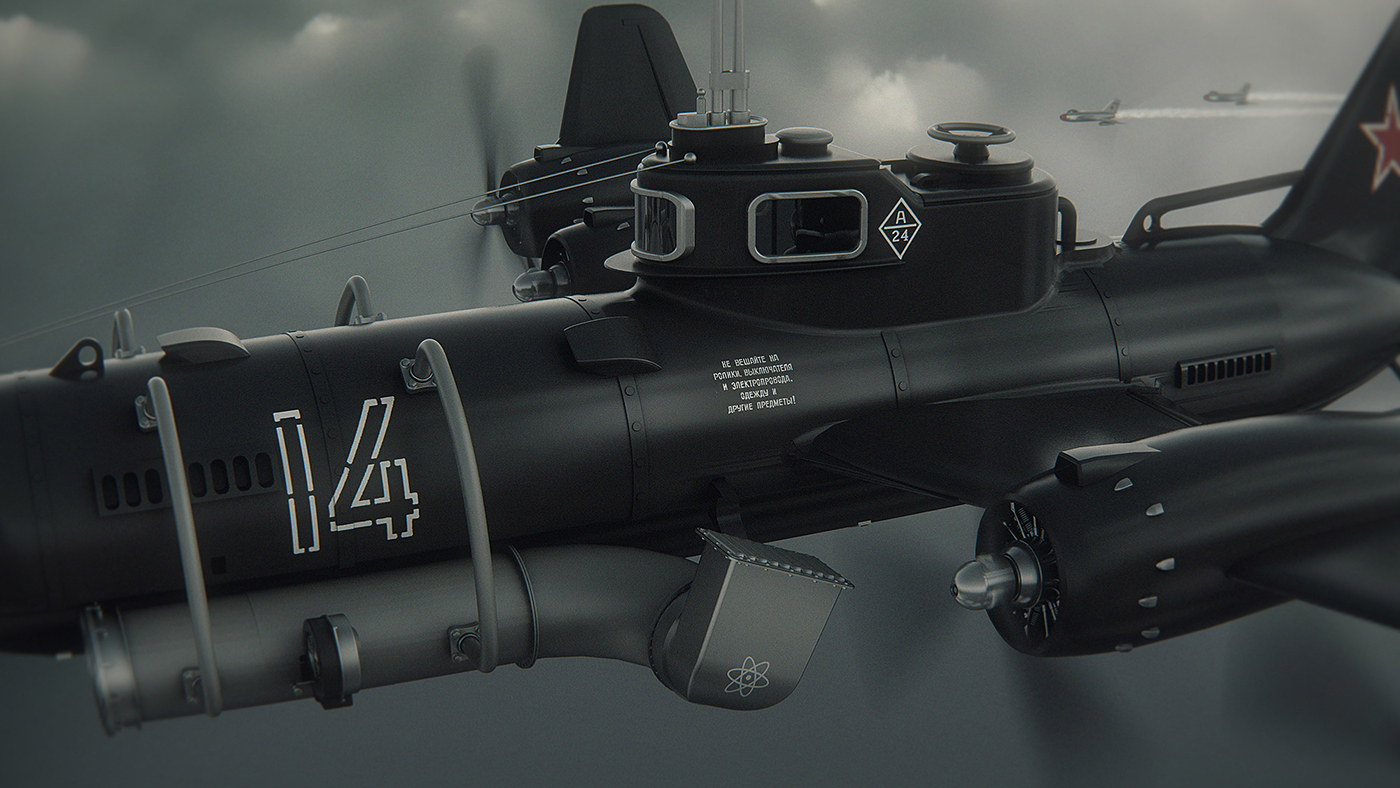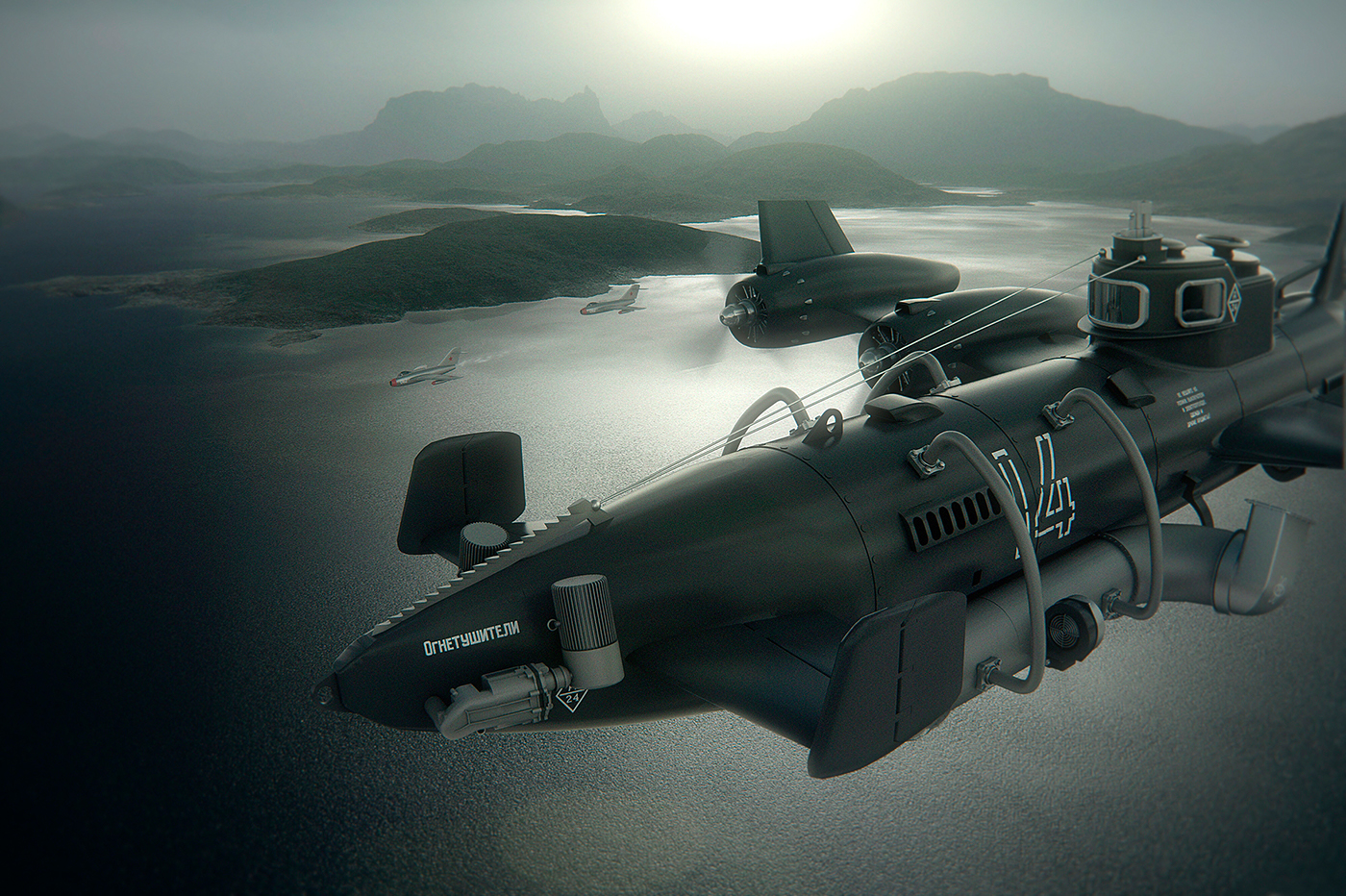Beriev Be-15
Beriev Be-15 was designed to fly thru immediate residual radioactive material propelled into the atmosphere following a nuclear blast. Its primary goal was to assess damage and measure levels of radioactivity in the atmosphere. Collected data would later be used to determine whether a specific area is habitable or not.
The ability to immediately fly thru the fallout of radioactive dust and ash was provided by heavy lead shielding around the crew area. Clean air was provided by two Vedeneyev Gama VG-201 air scrubbers located on each side of the fuselage.
It was designed as a low speed low altitude aircraft, propelled by four Shvetsov radial engines. That was necessary due to plane's weight.
Only one aircraft was built.
Model: Beriev Be-15 (Академик Сергей Королев)
NATO reporting name: Moth-B
Year: 1958
Crew: Two
Length: 11.26 m (36 ft 11½ in)
Wingspan: 9.63 m (31 ft 7 in)
Height: 3.80 m (12 ft 5½ in)
Wing area: 22.6 m² (243.3 ft²)
Weight: 5,846 kg (12,880 lb)
Powerplant: 4 × Shvetsov ASh-82F (M-82F)
Disclaimer: Sadly it’s a fictional aircraft

Be-15 with two UAZ-452s.

Be-15 with two MiG-17 Frescos passing by.

Be-15 force venting it's air scrubbers.

Be-15 escorted by two MiG-15s

Be-15 escorted by two MiG-15s

Be-15 escorted by two MiG-15s over Mongolia

Be-15 escorted by two MiG-15s

Be-15 escorted by two MiG-15s flying low over South China sea.




